Riding & Training Tips
Saddle Sores Deep Dive – Causes, Treatments, Prevention
Saddle Sores are the absolute worst. If you have had them, you know. If you have one right now. I express my sincerest sympathies. And want to tell you, that there is hope.
I have a strangely sensitive gooch and have had what seems like an unfair amount of saddle sores over the past twelve years of riding. A traumatizing amount of saddle sores. So much pain, so much suffering. So much suffering. However I do believe everything happens for a reason and maybe my pain and suffering was not all in vain. Through all my trials, and tribulations I have learned a lot about these unfortunate afflictions. In this article I’ll go in depth about what they are, what causes them, how to best treat them, and how to prevent them.
What is saddle sore?
A “saddle sore” is a general term, it can be from a range of issues and is not one particular thing. Most often, a saddle sore is damage to the top layer of skin, infection of a hair, pore or gland underneath the top layer of skin, or both. The sores can show as red skin, a red bump, a red bump with a white spot in the center, or a red bump with a hard lump underneath the top layer of skin.
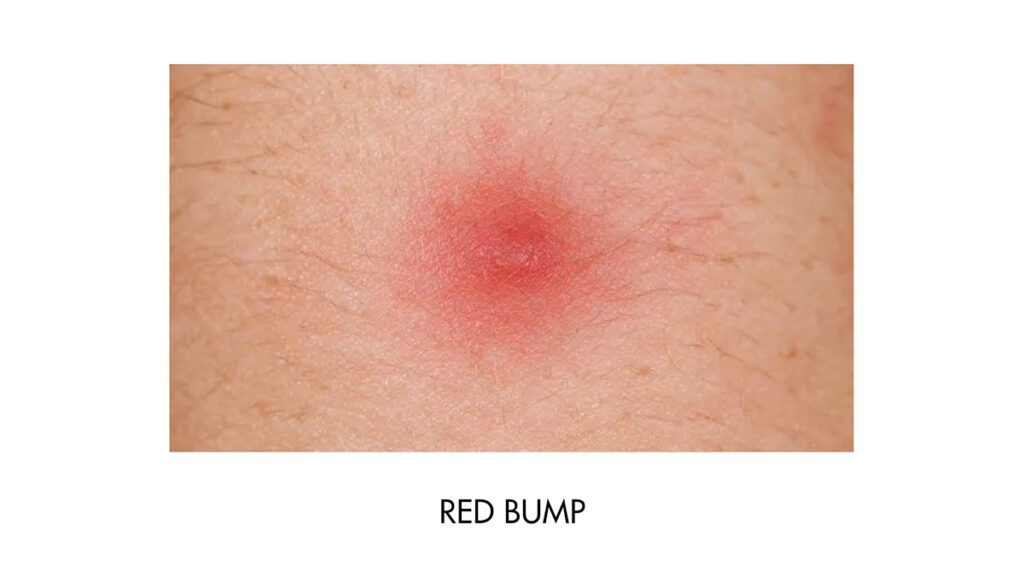
What causes a saddle sore?
Often sores start from irritation or chafing on the top layer of skin, in which small cuts allow for bacteria to enter the skin and start an infection. The body tries to heal the infection by increasing blood flow and white blood cells to the area. Your body’s natural infection-fighting-response increases blood flow and inflames the area. This can produce a red bump, or red bump with a white spot in the center. The hard lump underneath the skin is usually an infected hair, pore or gland surrounded by white blood cells, an abscess. Prolonged and excessive pressure, heat, sweat and bacteria in the saddle area can also be contributing factors to a saddle sore.
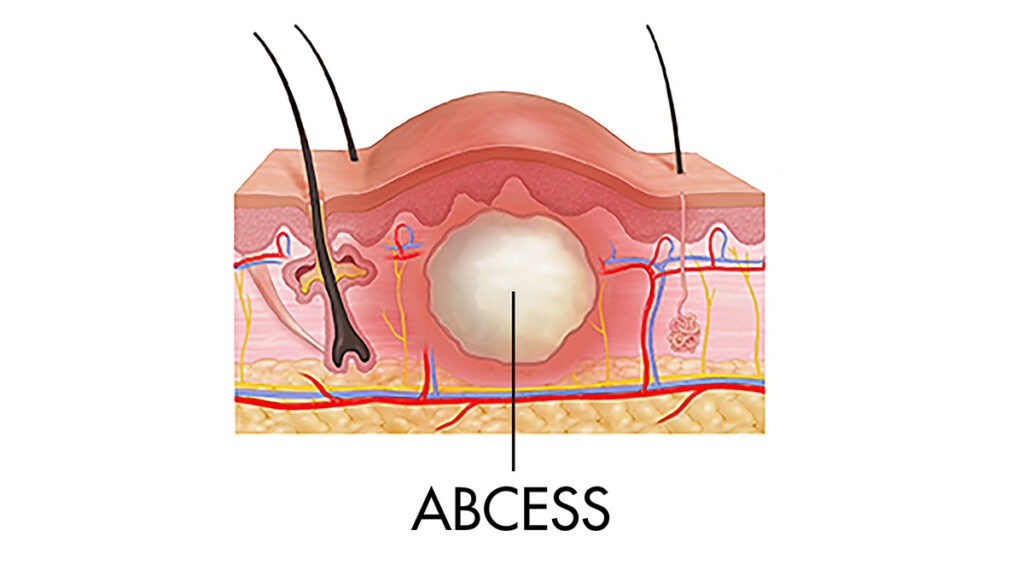
Specific Causes and Preventions
Shorts
Most often saddle sores start with chafing. Fortunately, there are a lot of things that can help with this. Bib shorts are a great place to start. Proper fitting bibs with a high quality chamois and soft fabrics can reduce the friction against your skin. The fabrics used in bibs can improve breathability which can reduce heat and sweat buildup.
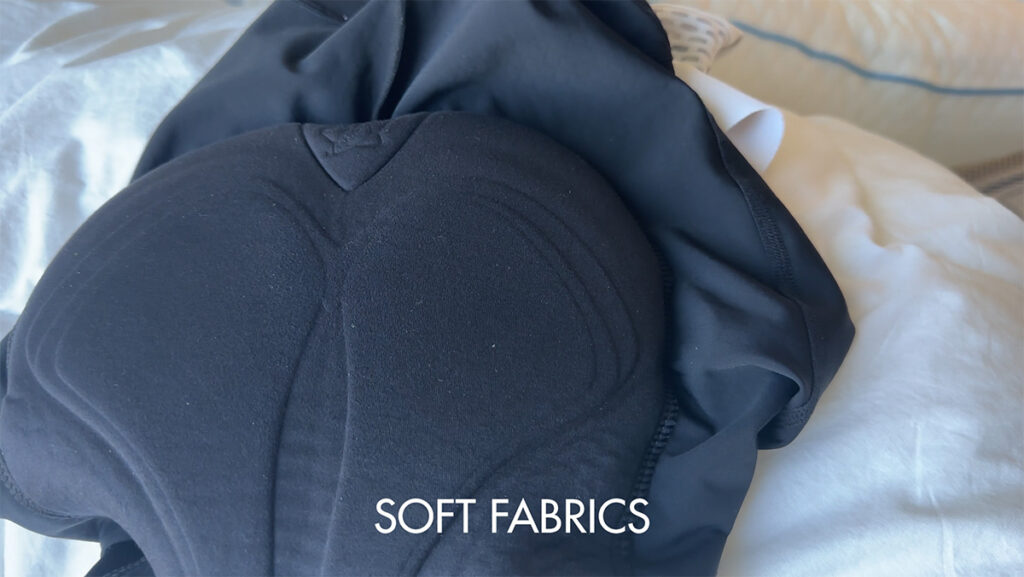
The chamois padding in bibs can reduce pressure points. Chamois padding can degrade over time, so replace your bibs at intervals appropriate for your riding frequency. For great bibs with top quality fabrics and chamois, I recommend Pas Normal bibs. There are a lot of other good options available for bibs, but I’ve been using these over the recent years and have been very happy. Keeping your bibs clean and dry are also massively important. While you’re riding bacteria and sweat accumulate in your bibs. So after your ride, do not sit around and relax with your bibs on. The longer you and your bibs sit around, the longer bacteria has a chance to multiply and spread. You want to remove your bibs immediately after your ride and put them directly in the wash and start it. After washing, immediately dry them. I tumble dry mine on low/delicate for about 15 minutes, and that’s worked well for me. Any moisture left in the shorts can be an environment for bacteria growth, so drying them quickly and completely can prevent any growth. Making sure your washing machine is clean and mold free can also be helpful. Over time, mold and bacteria can grow inside washing machines in unseen locations. There are cleaning cycles and cleaning treatments for washing machines that can help kill and reduce anything bad from growing in there.
Chamois Cream
Friction can greatly be reduced with chamois cream. Chamois cream significantly reduces friction against your skin by allowing your chamois to smoothly glide against your skin. I recommend Assos chamois cream. There are other good brands, but Assos has worked great for me over the years. For chamois cream application, I recommend adding it to both the bibs and the saddle area of your skin. Apply it on the bibs in a thin layer over a wide area of the chamois. For extra protection on longer rides, add some to a small container, you can get these in the travel section of a store like Target, or online, and bring it with you to apply every 4 hours or so. Over long rides, sweat can rinse away some of the cream and its usefulness, so adding extra cream along the ride can definitely be helpful.

Staying Clean
Over the day or after exercise, the skin around your saddle area can get sticky from natural oils and sweat and accumulate bacteria. If you ride like this, the stickiness from your skin can cause extra friction against your chamois and the increased bacteria already has a head start for getting into the skin and causing issues. Be mindful of your cleanliness, it might be best to take a shower before your rides in some cases. Also, always shower immediately after riding. This will help rinse away any bacteria from the ride and help prevent any from entering your skin.
Saddles
If your saddle is the wrong shape, width or padding level, you may get extra pressure on a specific area. This high pressure or pressure over too long of a duration on specific areas can cause irritation and cause sores. If you haven’t already, I recommend going into a bike shop and measuring your sit bone width to get a correct width saddle. Most bike shops allow you to try any number of saddles until you find the perfect shape. The right saddle for your butt is crucial to both being comfortable on long rides and preventing sores.

Avoid excessive padding in saddles, as it can blur the proper fitting of a saddle, but having some padding is good and necessary.
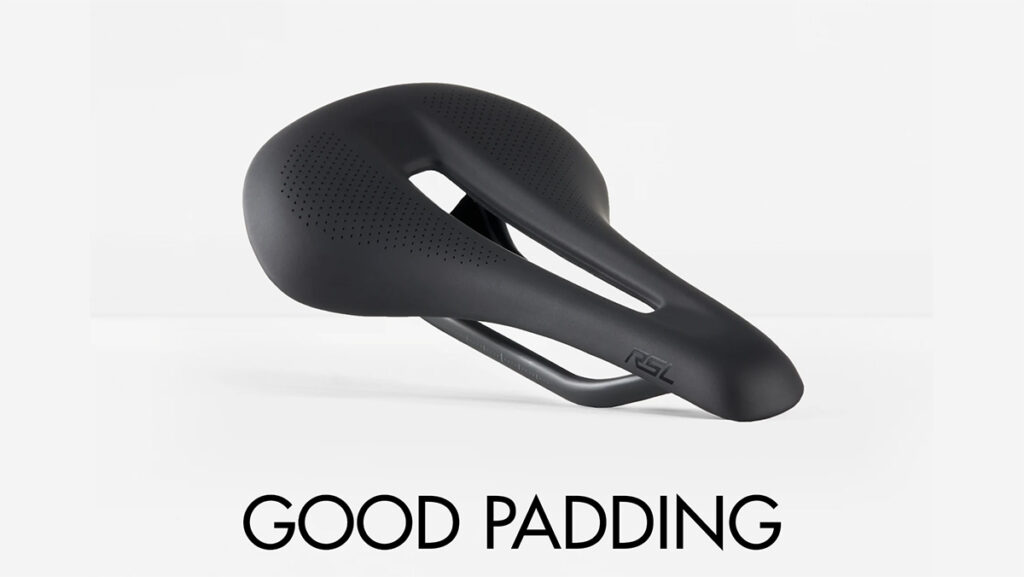
Having a proper bike fitting, to get your saddle angle, height and fore/aft on your bike correct can also be very helpful. You want your saddle to feel like pressure is evenly distributed throughout the saddle area and there are no pressure hot spots. Also keep in mind, changing between different shoes, pedals and bibs all can affect the height of your saddle.
Riding Position
Musculoskeletal imbalances can also contribute to saddle sores. For example, if one leg is shorter than the other, you may be sitting with too much pressure on one side of your saddle. Having a professional bike fitting is helpful for finding these imbalances you may have. However if that is not available for you, being mindful of how it feels sitting in your saddle or using a mirror or video of yourself riding can also be helpful for finding these issues.
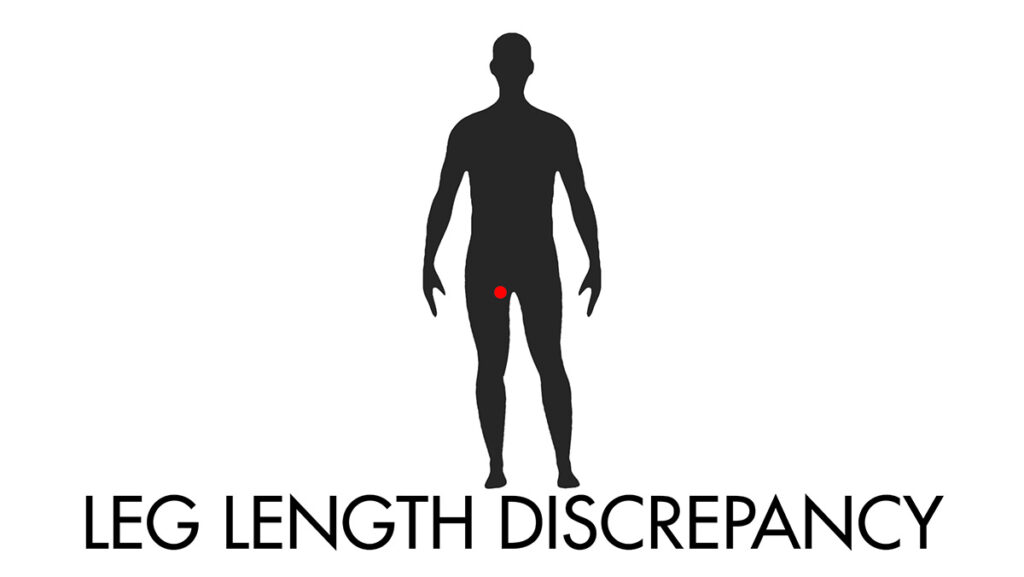
Proper Training and Resting
Planning out your training or rides to avoid sudden, large, increases in ride duration is very important. For example, you don’t want to be riding one hour every day for a few weeks then do a nine hour ride. Gradual increases in ride duration gives your body a chance to slowly adjust to the changes. A lot of riders will ride for an hour or hour and half daily, then do longer rides on the weekends. This has worked well for me and I also recommend it. Remember to do gradual increases. A good place to start is aiming to increase about an hour per week on your longer rides. Also, if you stop riding for a longer period, you will want to gradually ramp back into your longer rides.
Resting
Proper training is also proper resting. Having a day off the bike after your big rides can give your saddle area extra, sometimes necessary, time to heal. Having another day off the bike, or a shorter ride weekly can also be helpful for healing. While on your rides, giving your butt time to rest is also helpful. You can be mindful of standing up out of the saddle every few minutes. You can also pull over and take a few minutes rest every hour or so. It can also be helpful to do some light stretching, on or off the bike during rides, to increase blood flow and relieve pressure on your saddle area.
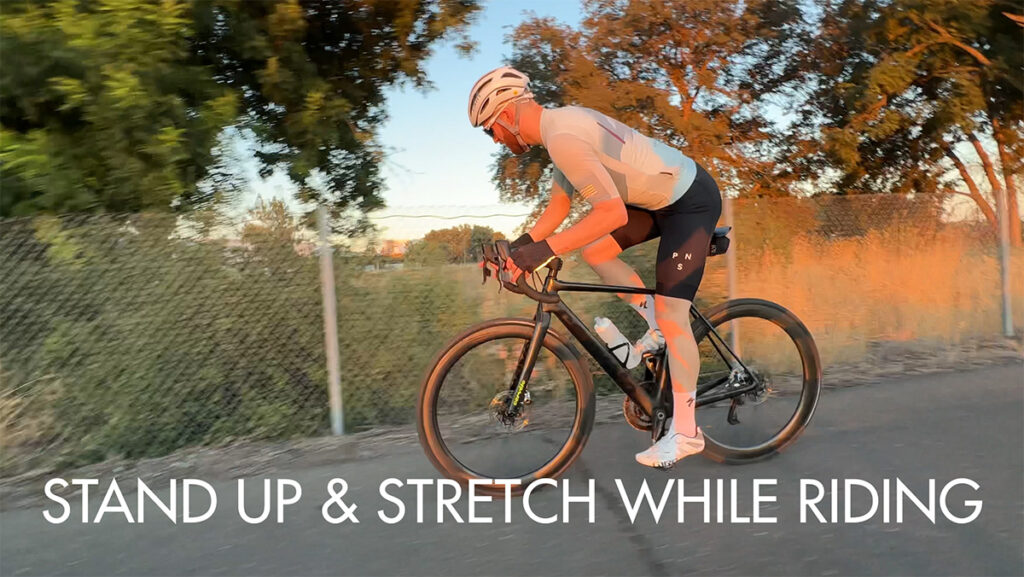
Pubic Hair
I have found that trimming pubic hair in the saddle zone to a short length is the least irritating and chafing option. Too short, and the stubble can cause snagging and pulling against the chamois fabric, too long and the accumulation of hairs is rough and irritating. I found the optimal length to be around 3 or 4mm. I use a trimmer with a guard, this way I can trim to an ideal length and I don’t risk any cuts or nicks from the trimmer or a razor.
Saddle Sore Treatments
Rest
Healing saddle sores quickly can be aided with proper planning and treatment. The most effective and important treatment is rest. If you have a sore, unfortunately, you may need to take some time off the bike. Maybe a day or two, maybe over a week. My general recommendations for rest: for small sores I would recommend two days off the bike, medium sores four days off the bike and large sores seven days off the bike. This is the hardest part, but unfortunately there is no getting around it. Like with any injury, it takes time to heal, staying off the bike and reducing all irritation to the affected area is the best way to heal it and keep it from returning. Be patient! If you try to ride too soon and it is not healed enough, you will likely irritate it again, preventing it from healing and potentially making it worse, making it take even longer to heal. It doesn’t need to be completely healed to start riding again, but it should be mostly healed.
Topicals
As far as topicals for the sore, there are specific chafing/sore lotions you can get, I don’t think they are effective. I found the most benefit from using Polysporin antibiotic ointment. Apply a thin layer on the sore after showering and drying. I do this even if the outer layer of skin is not irritated. It is better to have more airflow when possible and not use bandages. But if it is an open cut or sore, use a bandage if needed. I recommend replacing the bandage twice a day with a new bandage and ointment and letting air out for a few minutes when replacing. If you can’t avoid sitting down on the sore throughout your day and you think it is irritating the sore, adding a bandage with some padding over the sore can also be helpful.
Create an optimal healing environment
Keeping the area as clean, dry and un-irritated as possible can improve healing times. Take a shower or two daily, gently wash and thoroughly rinse the sore area. Using antibacterial or surgical soap can be beneficial. You want to allow airflow and avoid pressure on the sore while it is healing. Wear slightly loose fitting, breathable cotton underwear. Lay down with your knees up when possible. Stand up instead of sitting down all day if you have a desk job. Or take frequent breaks to allow air and blood flow to the sore area.
Keep exercising while off the bike
Taking a rest off the bike doesn’t mean stopping training all together. Training while off the bike can aid recovery by increasing blood flow and keep your fitness level up while taking the break. You can run, do weight training and do dynamic exercises, just avoid any sitting down on your sit bones and sore area as much as possible.
Final Thoughts
If you have a saddle sore, don’t lose hope, and be patient! It will heal in time. If it is not healing, or looks terrible, you should see a healthcare professional. I hope this information and these tips are helpful! If you have any tips, I would love to hear them, please leave a comments below!
Posted on: October 13, 2024